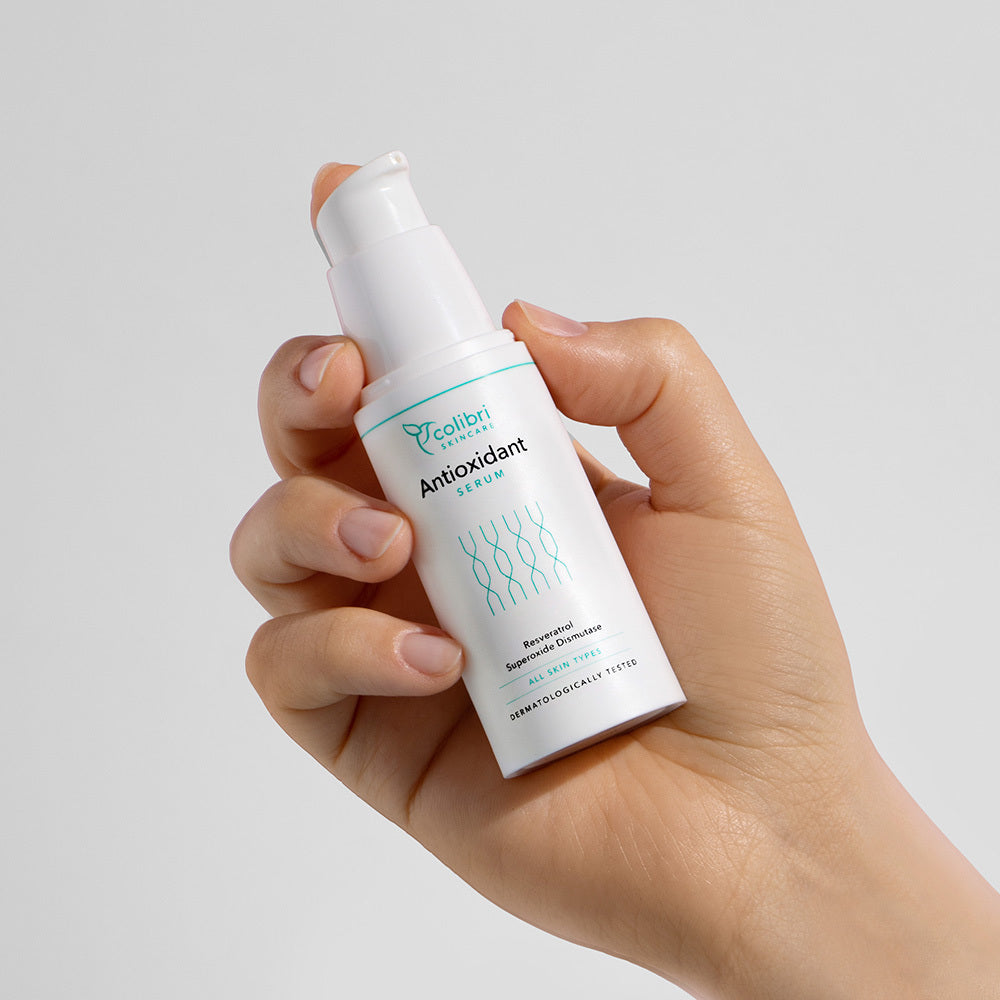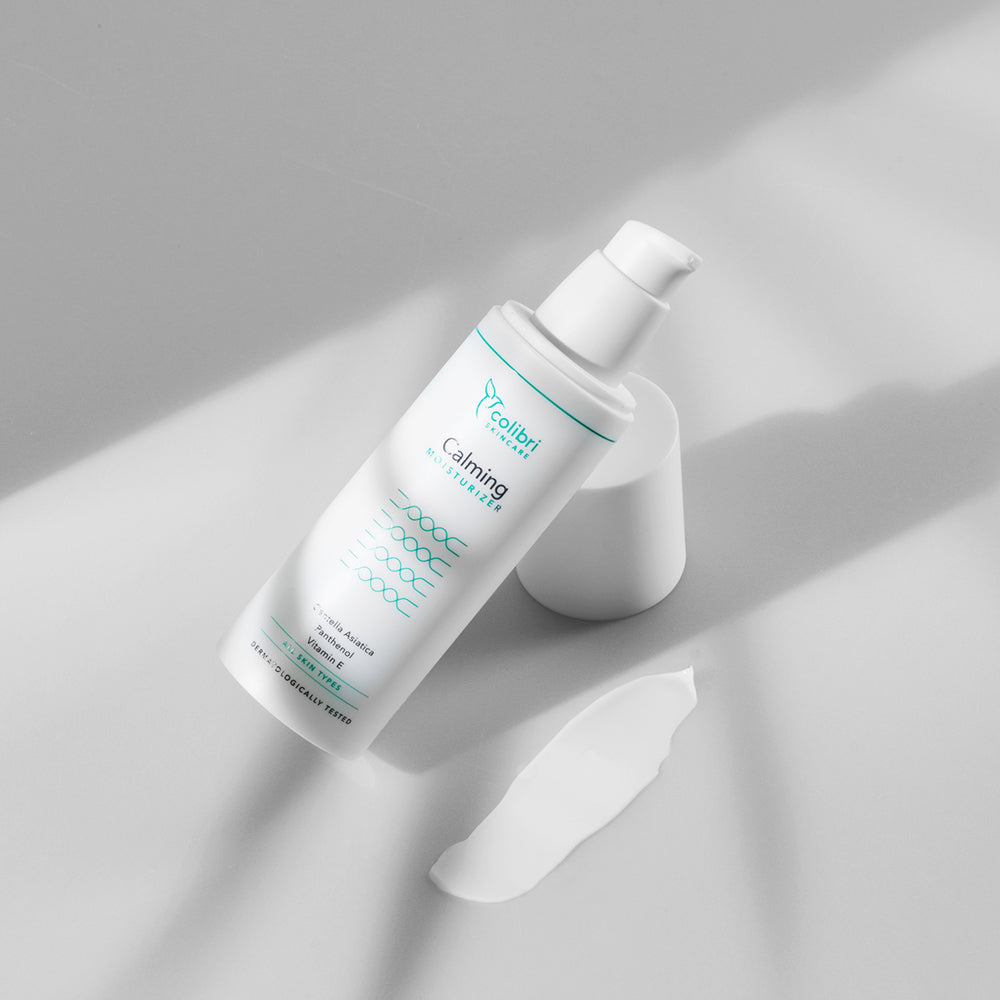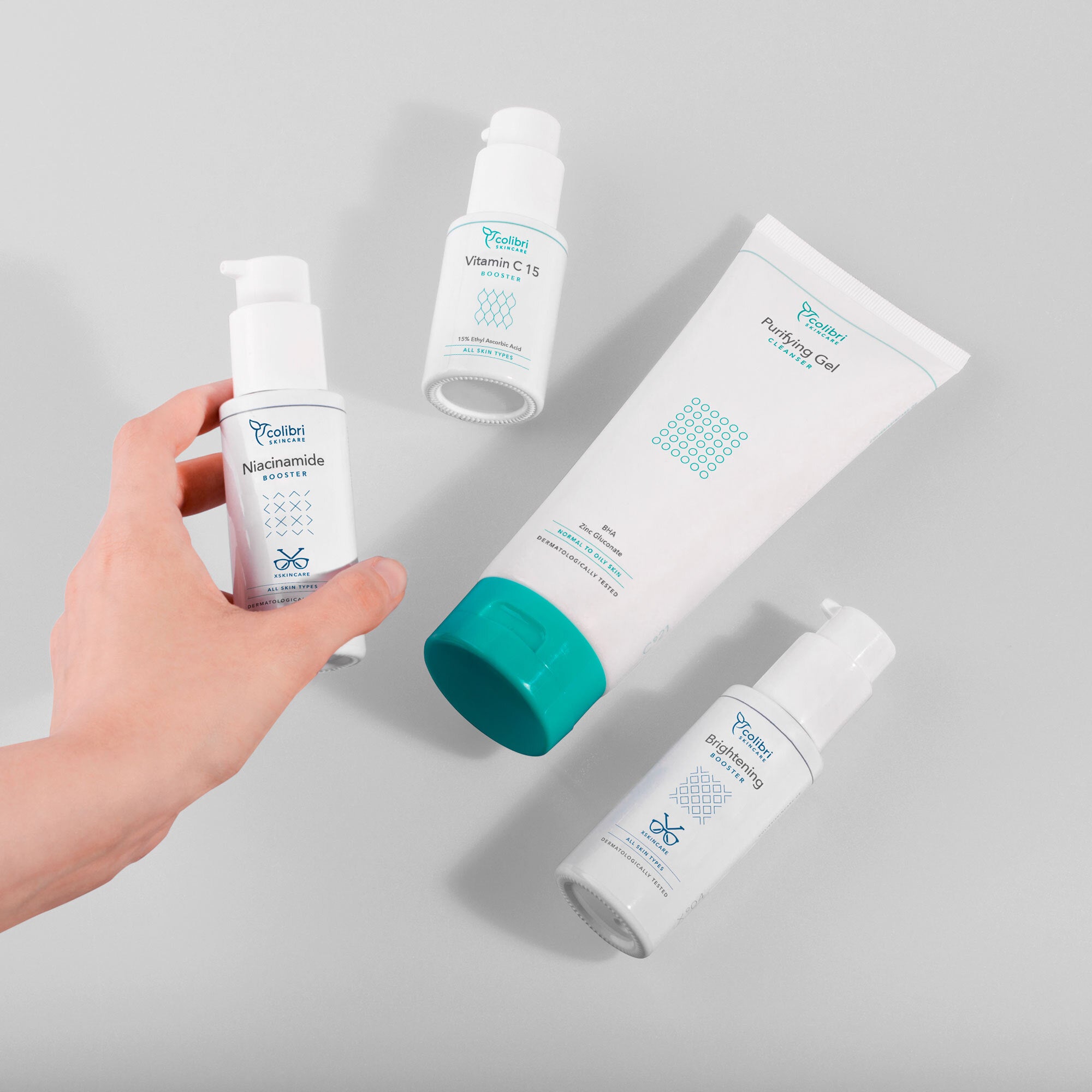
The functions of our skin
If you browse for a suitable face cream or body care, you will be confronted with technical terms such as epidermis, antioxidants and free radicals. Of course, you can simply read over these passages and trust the manufacturer. However, it makes much more sense to take a brief look at the structure and processes of the skin. This makes many tips on skin health easier to understand and the quality of cosmetic products easier to assess.
Sophisticated sensory organ with many layers
Your skin basically consists of three layers, of which the so-called hypodermis is the deepest. It consists of an ensemble with blood vessels, nerves, connective tissue and fatty tissue. By the way, very few people are aware of the fact that the sun contains short-wave IR radiation, which is not warming and therefore not noticed. However, it is precisely these rays that reach the subcutaneous tissue and can cause damage that we perceive as sagging skin.
Above this is the elastic dermis, which is home to defense cells, blood vessels, sebaceous glands and hair roots. Various environmental influences such as the UV-A rays of sunlight penetrate to it and weaken, for example, the skin's own defenses and flexible fibers. This not least promotes the formation of wrinkles. It is obvious that clarifying care products against acne must be just as deeply effective as anti-aging cosmetics that soften existing signs of aging such as crow's feet.
Epidermis is the name given to the epidermis that rounds out the basic trio of skin layers. On more heavily protected areas such as the soles of the feet, it reaches a thickness of around 1.5 millimeters, while on the eyelids it measures only 0.04 millimeters. This explains why the eye area is much more sensitive and deserves special cosmetics. Since the epidermis is usually much less than one millimeter, this detail is all the more impressive: it consists once again of five layers that perform important tasks.
Protective mantle and constant renewal process
The epidermis is protected by a protective acid mantle that lies on top. This ensures, for example, that bacteria are denied access on the surface and water rolls off instead of penetrating. If you have already questioned why special active ingredient complexes are necessary to moisturize the skin while showering, this vital aspect explains the phenomenon. After all, without this effect, we would quickly swell up and then drown when walking in the constant rain. However, various external influences can ensure that this protective film is broken or is not sufficient and must be topped up with the appropriate care.
The uppermost skin layer is formed by horn-forming cells, which in technical jargon are called keratinocytes. The fact that the thickness of this horny layer is partly dependent on stress is reflected in the calluses on the fingertips of professional guitarists. From their place of origin in the deeper epidermal layers, the keratinocytes migrate to the outer horny layer and and are ultimately shed as skin scales. This process, which takes about one month, is interesting for skin care in two respects:
On the one hand, shedding by its very nature does not always occur uniformly and can be disrupted for a variety of reasons. Therefore, clarifying tonics or peelings are interesting, which remove dead cells in favor of an even complexion. On the other hand, the healthy epidermis is always in a process of renewal, which can be promoted by the supply of significant nutrients. Thus, it does not border on magic when the complexion looks significantly more vital than before thanks to a high-quality formulated skin cream.
Only medical research results are taken into account in the formulation and effectively used to promote a beautiful complexion. Since the constant reproduction of the epidermis takes some time, you logically see the lasting effect of a cosmetic product only after several weeks of use.
Clever defense mechanisms in the lower epidermis
For cosmetic interest, it is worthwhile to zoom in on the two lowest layers of the epidermis. The so-called prickle cell layer contains, among other things, cells that participate in the body's own immune system. This is also where water accumulates when you notice blisters on the skin as a result of irritation or disease. In the basal layer, not only stem cells ensure that new keratinocytes are formed for the overlying epidermal layers. This is also the home of melanocytes, which produce the pigment melanin when exposed to UV-B radiation. In the sense of the body's own sun protection, the skin tone is temporarily darkened, which you perceive as a vacation tan.
How quickly or intensively this tan turns out depends mainly on your genetic skin type. For various reasons, which are worth a separate article, permanent deposits in cells can occur. These are visible externally as age spots. That is why comprehensive UV protection is important in day care even at a young age. In this way, the skin's own defense system does not reach its limits so quickly and premature signs of aging are avoided.
Warning signals, free radicals and antioxidants
The skin is the largest sensory organ and performs numerous tasks. To a certain extent, it protects the body from external influences and indicates influences that can be dangerous. One of these warning signals is the unpleasant sensation that occurs when you are massively cold, when you are exposed to heat or after coming into contact with aggressive substances.
Therefore, you should take it seriously and react accordingly when the skin sounds the alarm. One of the rumors, on the other hand, is the widespread opinion that many toxins are secreted through sweat and skin. Other organs such as the liver, kidney and intestines are far more relevant here.
Around the clock, the skin is busy with a wide variety of processes and has to fend off numerous influences. Among other things, degenerated cells are rendered harmless so that skin cancer does not develop. Melanin is produced to counteract the sun's rays. Minor skin injuries must be repaired and eczema must be contained. In addition, all defensive reactions produce various waste products that must be removed. In particular, if the load is high, incomplete molecules with a break point are produced. These are called unbound or free radicals and can cause oxidative stress in the skin tissue and destroy it selectively or comprehensively.
If, for example, a stem cell in the basal layer is affected, this has a negative impact on cell renewal in the epidermis and ultimately on the skin's appearance. The formation of free radicals is accelerated by UV radiation, cigarette smoke and environmental toxins, among other things. Of course, the body's own protective system has a secret weapon for trapping free radicals at the ready. The so-called antioxidants bind the incomplete molecules permanently and prevent their negative effects such as oxidative stress. However, it is easy to understand that the supply of these radical scavengers is limited and is quickly depleted in the presence of so many environmental influences.
Free radicals are not only significantly involved in a poor complexion and signs of aging in the skin. Research suggests that they also play a role in serious diseases such as cancer. Therefore, a balanced diet rich in antioxidants is very important for physical health. The same applies to the aesthetics of the skin, which can be additionally supplied with antioxidants such as vitamin C and vitamin E by cosmetic products.



